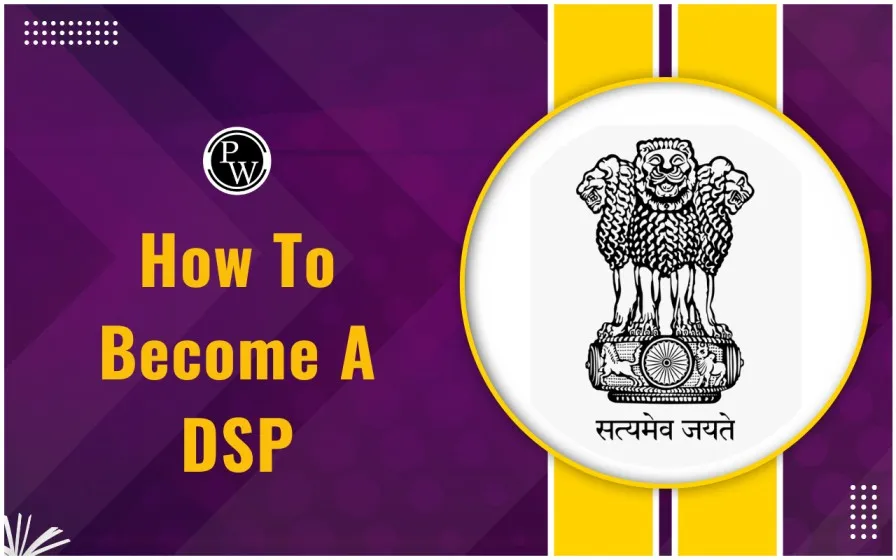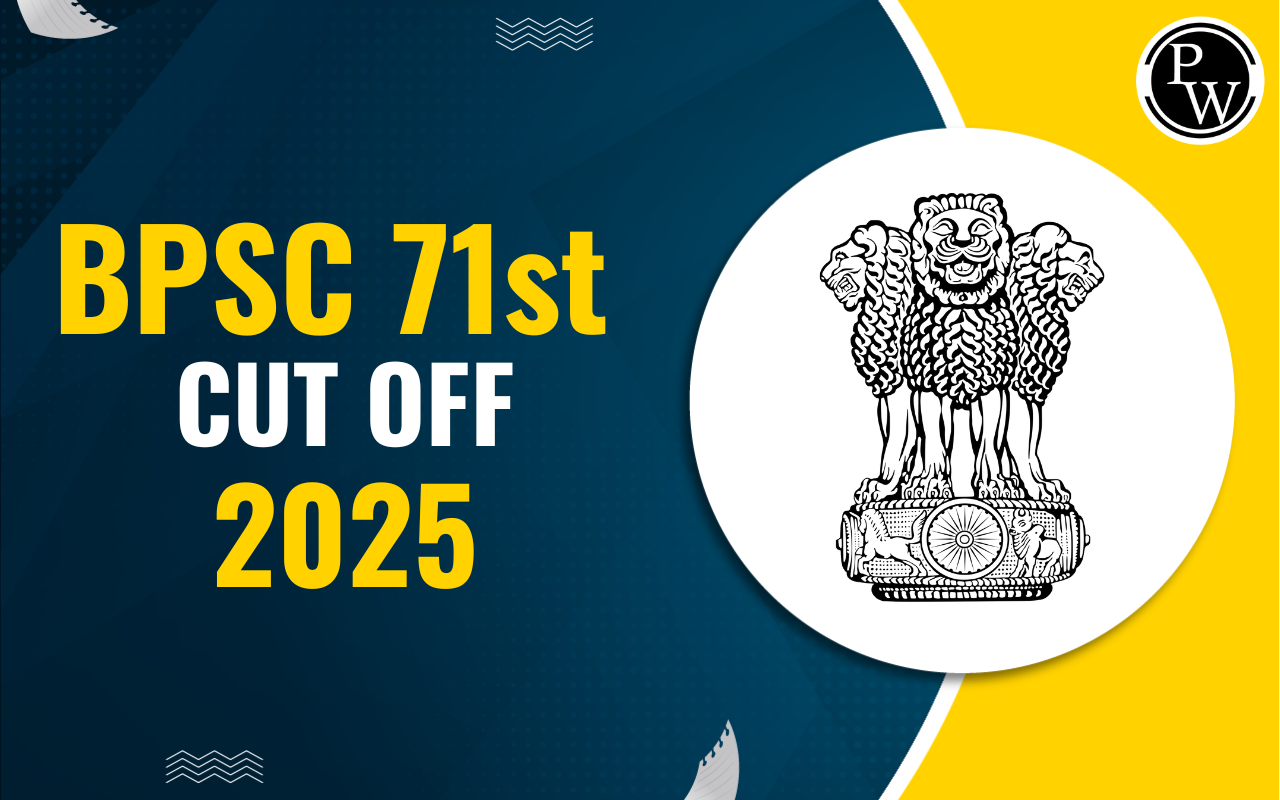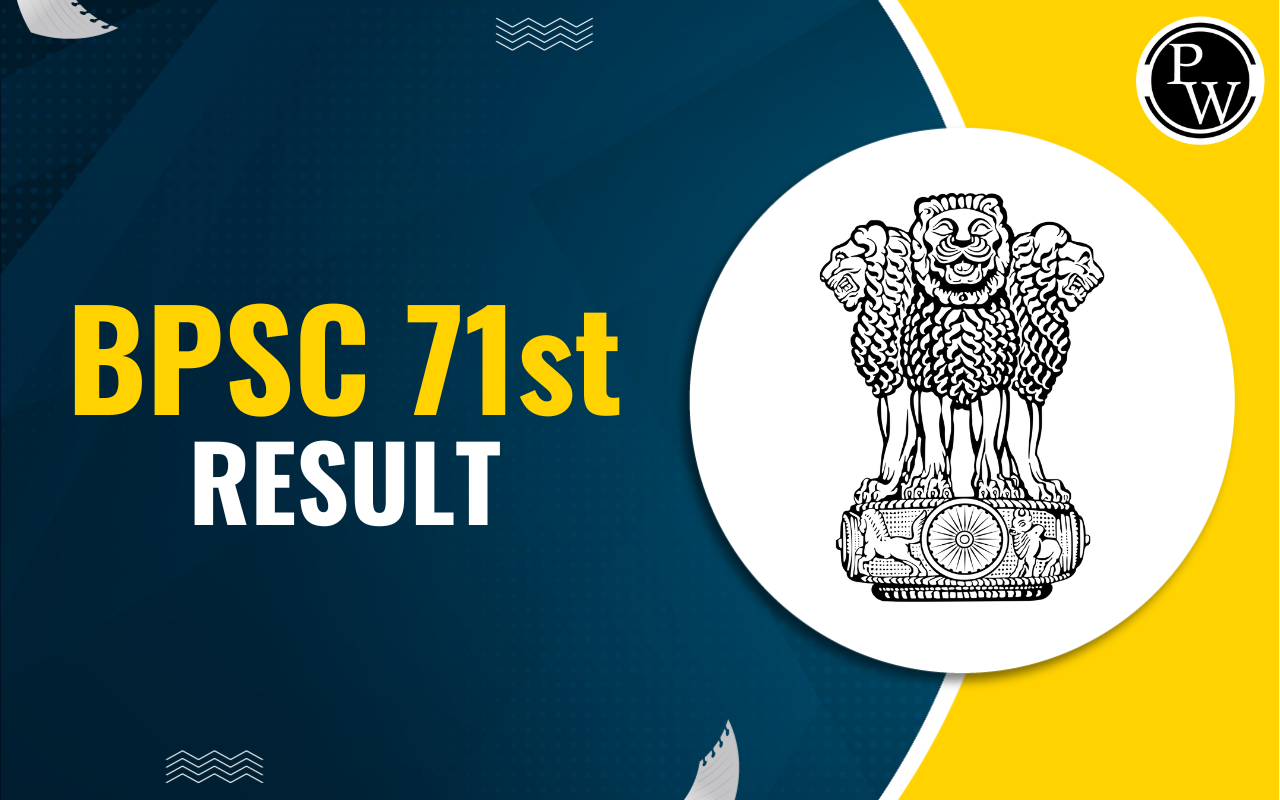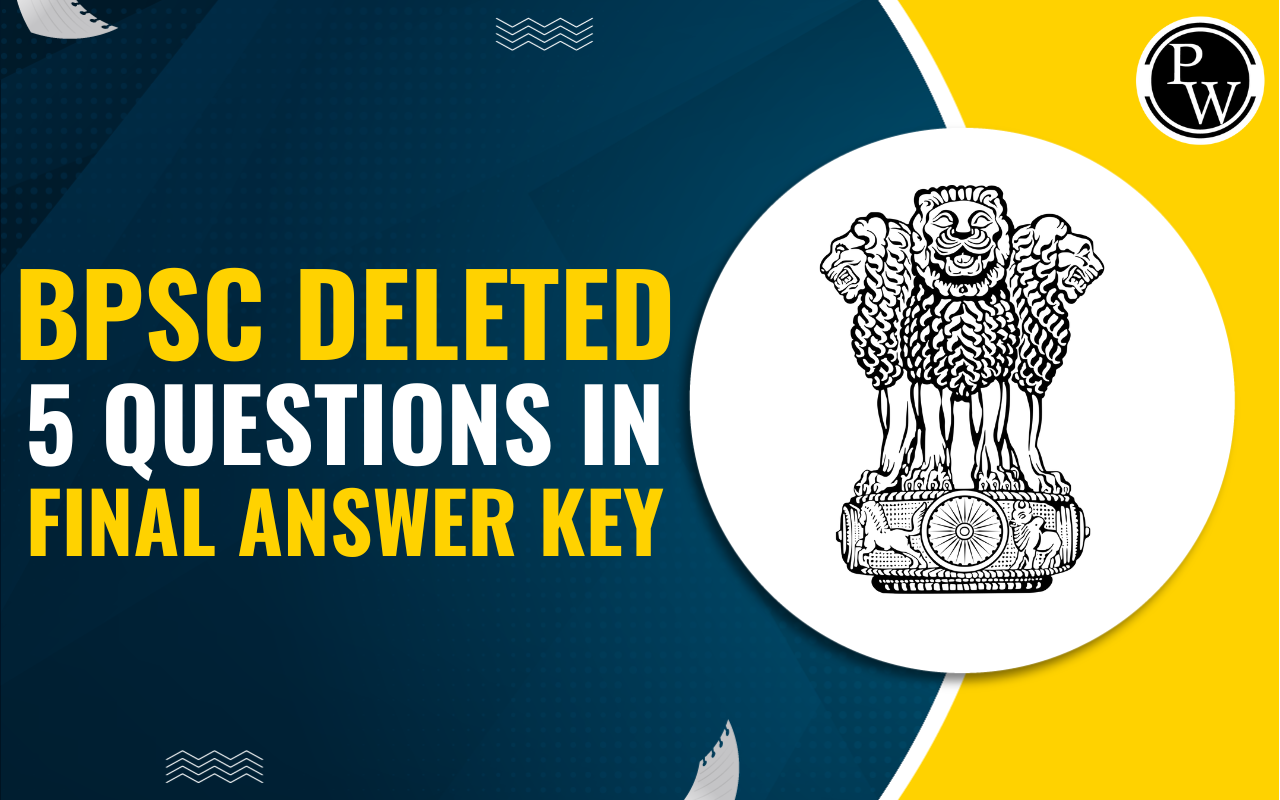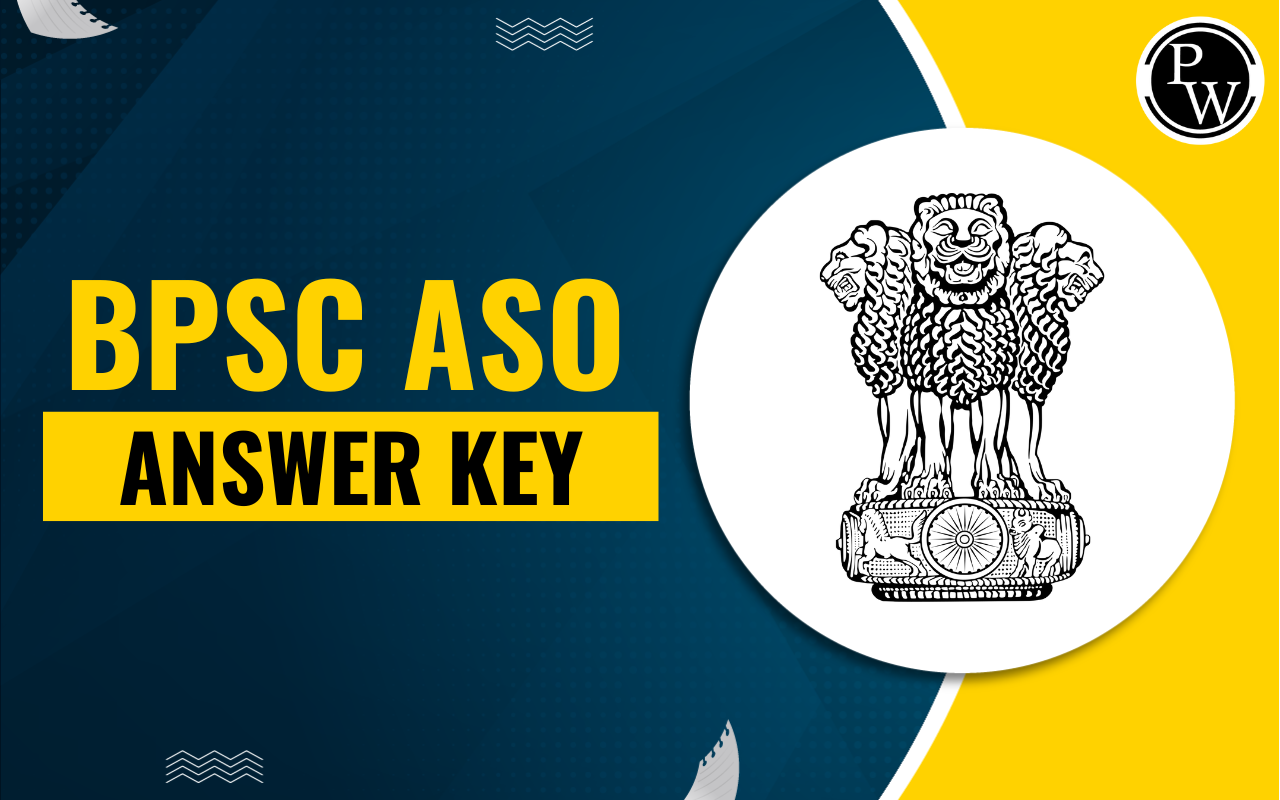
Aryabhatta Biography: Born in Ashmaka or Kusumapura, India, in 476 CE, Aryabhata was an astronomer and one of the first Indian mathematicians whose works are still studied today. To differentiate him from a later mathematician of the same name, he is often referred to as Aryabhata I. The Gupta dynasty's capital at the time, Patalipurta (present-day Patna), was close to Kusumapura, where Aryabhata resided. Important writings like the now-lost Aryabhatasiddhanta and the Aryabhatiya (c. 499 CE) are attributed to him.
Also read: Smallest district in Bihar
Who is Aryabhatta?
Digging a little deeper than the Aryabhata Scientist and learning more about his findings and inventions is crucial to comprehending who Aryabhatta is. His personal life is not sufficiently detailed. Instead, everyone wants to know what Aryabhatta created. Because a new generation is interested in learning more about this mathematical genius, Aryabhatta inventions and discoveries continue to be a topic of curiosity.
Birth- 476 CE
Birth Place- Kusumapura, capital Patalipitra in the Gupta Era.
Present Day- birthplace is known to be Bihar, Patna, India.
Early Life of Aryabhatta
Based on his writings and inspirations, Aryabhata's birthplace and year are still estimated. He was 23 years old when we were 3600 years into Kaliyug, which dates back to 499 CE, according to one of his highly well-known works, Aryabhatiya. This suggests that he was born around 476 CE. To clarify, Kaliyug's works of discovery and text were discovered considerably later than the publication of the Aryabhatiya, which was published 3600 years before Kaliyug. He always thought of Kusumapura, Pataliputra, which is now Patna, Bihar, as his hometown. It's still unclear where he was born and what kind of household he came from.
In the Gupta Empire, Pataliputra, the capital of Kusumapura, served as both a communication and educational hub. This made it easier for works from all over the world to reach the location, which aided Aryabhata in making significant advances in astronomy and mathematics. He was thought to be in charge of his Kusumapura school, Kulpa. The rumours that he was the head of his institution persisted after he later pursued his passion in astronomy by attending Nalanda institution in Pataliputra.
Also read: GI tag in Bihar
Mathematical Discoveries by Aryabhatta
Indian mathematical literature was discussed in great detail in Aryabhatiya. Unsurprisingly, the Vedic method of resolving mathematical issues has persisted till the present day. We talked about the specifics of algebra, arithmetic, plane trigonometry, and spherical trigonometry. In his computations, he adhered to the Sanskrutik tradition, which was common during the Vedic era. Because of his remarkable grasp and use of algebra to explain planetary systems, Aryabhata was dubbed the "Father Of Algebra." The value of pi up to two decimal places, 3.14, was accurately determined by Aryabhata. Additionally, he employed null coefficients and, understandably, knew that zero should be utilised in this situation. In contrast to the Brahmi numerals, he adopted the Sanskritic heritage, which was primarily represented by letters and alphabets.
Aryabhatiya: The Famous Book by Aryabhatta
This book is also known as Arya-status-ash, which translates literally to "Aryabhata's 108" due to the 108 verses in the text. It has the shape of a sutra, which is a compilation of proverbs that serves as a succinct means of expressing a claim or a scientific idea. These 13 introduction verses are his creations and serve as a straightforward method of helping people recall the intricate computations. They are broken up into four chapters, or padas. Gitikapada, the first chapter, contains thirteen verses. Cosmology is the topic of it. Up to 4.32 million years are said to have passed between planetary revolutions during a maha yuga.
The Ganitapada, the second Pada or chapter, is named after the Sanskrit word for calculations, ganita. All thirty-three of its lyrics are devoted to mathematics. explaining arithmetic, geometric, simple, quadratic, indeterminate, mensuration, and equations.
The third pada is the Kalakriya pada, which has twenty-five verses and counts days, weeks, and months using different time units. Golapada, which has 50 verses, is the fourth chapter. Aryabhata explores the origins of days and nights, the rising of zodiac signs, eclipses, the celestial equator, nodes, and the earth's shape in this chapter.
Also read: Biggest Mall of Patna
Astronomical Discoveries by Aryabhatta
Aryabhatta asserted that the earth rotates on its axis around the sun every day and that the relative motion of the stars seemed to be caused by this rotation. This contrasted with the widely held idea at the time that the rotation was caused by the sky. Heliocentrism was defined as the axial rotation of planets around the sun, supported by numerical data. There are four main categories into which his astronomical discoveries fall. These include heliocentrism, sidereal periods, eclipses, and an explanation of how the solar system moves.
Also read: Capital of Bihar
Aryabhatta Biography FAQs
Who was Aryabhata?
When was Aryabhata born?
What is Aryabhata famous for?
What is Aryabhatiya?
What was Aryabhata's theory on the Earth's rotation?


